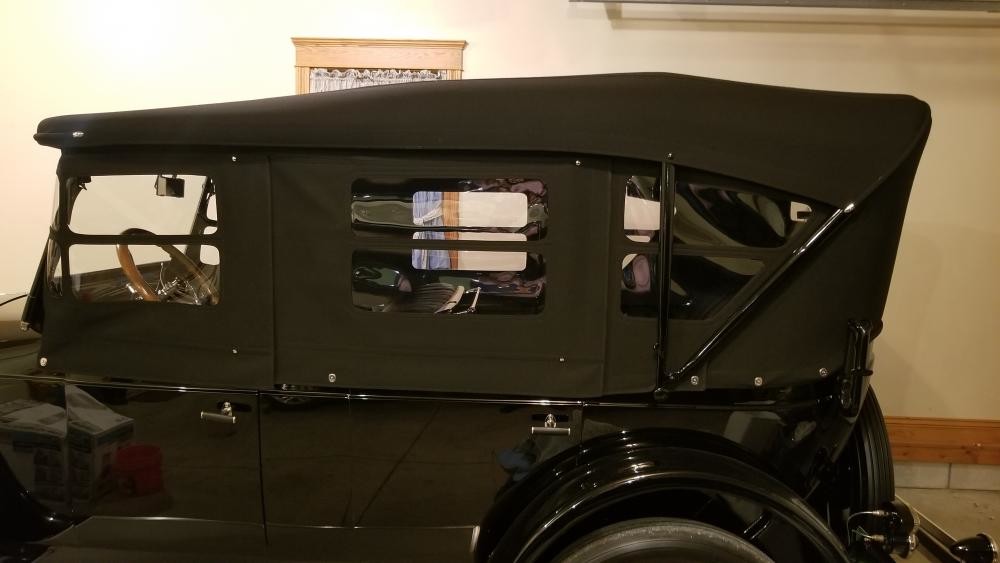You must be logged in to rate content!
9 minute(s) of a 173 minute read
11-13-2017
My ever helpful and caring son; Steve has called in this morning and he tells me, and I have no reason to doubt him, that the actual ID of the hole is 22.5mm. He also advises that there is still some remnant thread in the hole.
To my simple thinking the most likely solution is Jergensinc's 24mm OD x 18mm ID screw in "sleeve".
I am just glad I was not a Studebaker Service Manager in an Australian Dealership in 1920. It would been enough to make even strong young men depressed! Some Australian Vintage Car enthusiasts tend to put the blame for everything onto British manufacturers, especially people like the long suffering Joseph Lucas. What they do not take into account is the relatively small production numbers for most of the British companies building "interesting cars". That and their own "if it aint broke don't fix it" attitude when it comes to even basic maintenance or servicing things like starter motors and generators. That cars such as my Lagonda Rapier with a total production of under 400 units over four years, have survived so well speaks volumes for the original build quality. By contrast the Studebakers survival rate must say something ? Why the Studebaker sales and "Marketing" staff felt it was necessary to make minute adjustments to suit niche markets is beyond belief. Does anyone know the actual numbers for Australian sales through the early 1920s. That and how many Light Six cars were sold fitted with 18mm spark plugs? It is my understanding that Canada Cycle were also responsible for Studebaker sales in Melbourne during the 1920s.
Please do not think I am ignoring all your messages of support. I cannot explain why I have some very black days, They just sneak up on me and Ker-pow-ie! Stand well back.
Rest assured work is continuing on the Studebaker. I am about to turn it around (with my trusty trolley jack) which will be good fun as I virtually have to turn it through 360 degrees in its own length. I have cut out all the side trim panels and only have the two foot well "kick boards" to cut out. I have to go out tomorrow to buy some black velour to line the door pockets and the "glove box"* that is to go into the passenger side of the dash-board.
*I know that this will be "non-original" but it is a convenience that I have grown used to. Having one in all "my cars".
Door pockets are OK but they have their limitations. The Studebaker will still have a pocket in each door too, as original but I find with the "Flap" over the door pockets, you virtually have to come to a stop and open the door to get access to the front door pocket(s).
Without a "glove box" where would I put my little tin of peppermints? All weight-watchers please note these are Sugarfree.
The tin holds .34g or 17 serves of .2g each. Please do not ask me to count them. Once you tip them out to count them, you can never put them all back into the tin.
I still have to work out a use for the empty tins. They cost Aust $2. per tin when on "special' at the supermarket, perhaps I should save all my loose $2 coins in them. Now I wonder how many $2 coins I could fit in a tin?
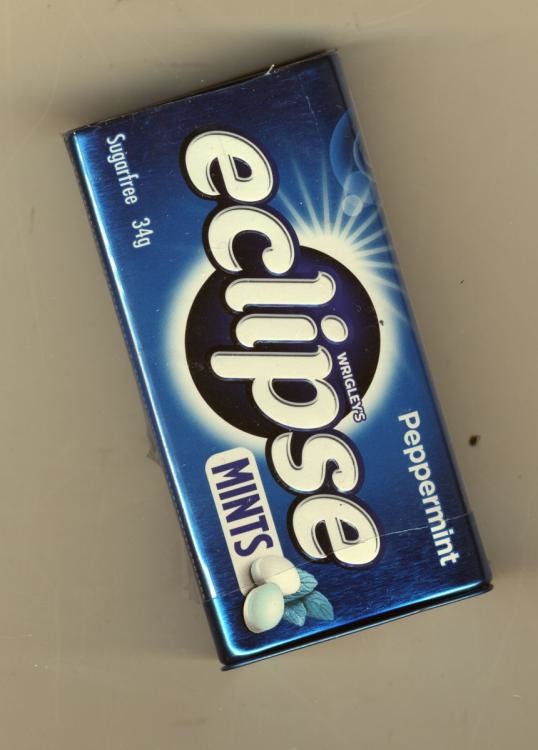
This morning's task, although it may appear a little premature, has been to strip the original black linoleum from the left hand side running board. This can shortly be (will be) replaced by new black linoleum but this morning's work was mainly to look at the original "boards". These are again more evidence of the cars reclusive life over the past seventy six years. Having removed all the little tacks that had been put in at some time to secure the lino', I could inspect the entire surface of the step. This I should point out is a soft wood, probably one of the many species of pine. Having spent perhaps 15 or 20 minutes first with my angle grinder and then with an orbital sander, I am amazed. There will certainly not be any need to repair or replace any of it. As could be expected the adhesive used to secure the linoleum in 1920 has largely dried out and lost all its adhesion qualities but the timber itself is absolutely sound and will not require any repair or replacement. At least to me, a sure indication of the dormant nature of the cars sheltered existence from 1941 to today.
This afternoon I can turn the car around and start work on the right hand side.
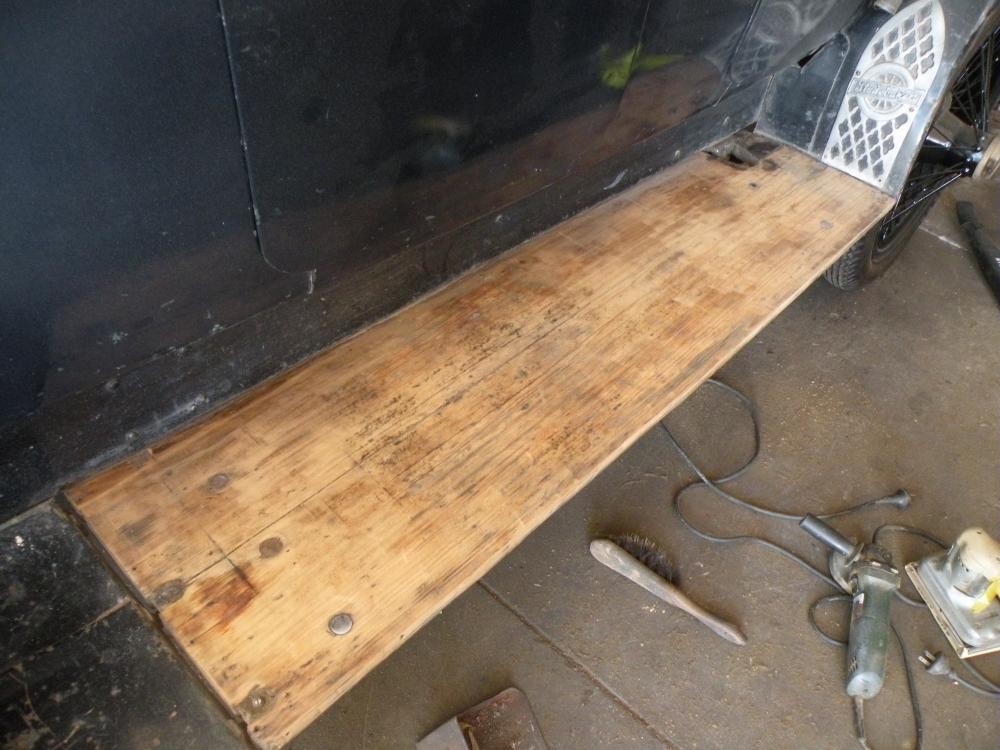
I could say "No sooner said than done". Certainly my new trolley jack does make things a little easier . And not knowing the dead weight of the Studebaker must contribute something. Either way I can say "Jobs done! and I can start working on the right hand side of the car. Not having Helen's VW parked in its usual spot on the right hand side of the carport certainly made my task a little easier. Looking at the timber in this side running board it is apparent that I may have to do a tiny piece of repair to the extreme end of the running board where it attaches to the bottom edge of the rear mudguard. (fender). I will not know to what extent this repair is required until I get all the old Linoleum adhesive sanded off. One thing that is clear is that the right hand side of the car did not suffer the same amount of "knocks and abrasions" as the left had.
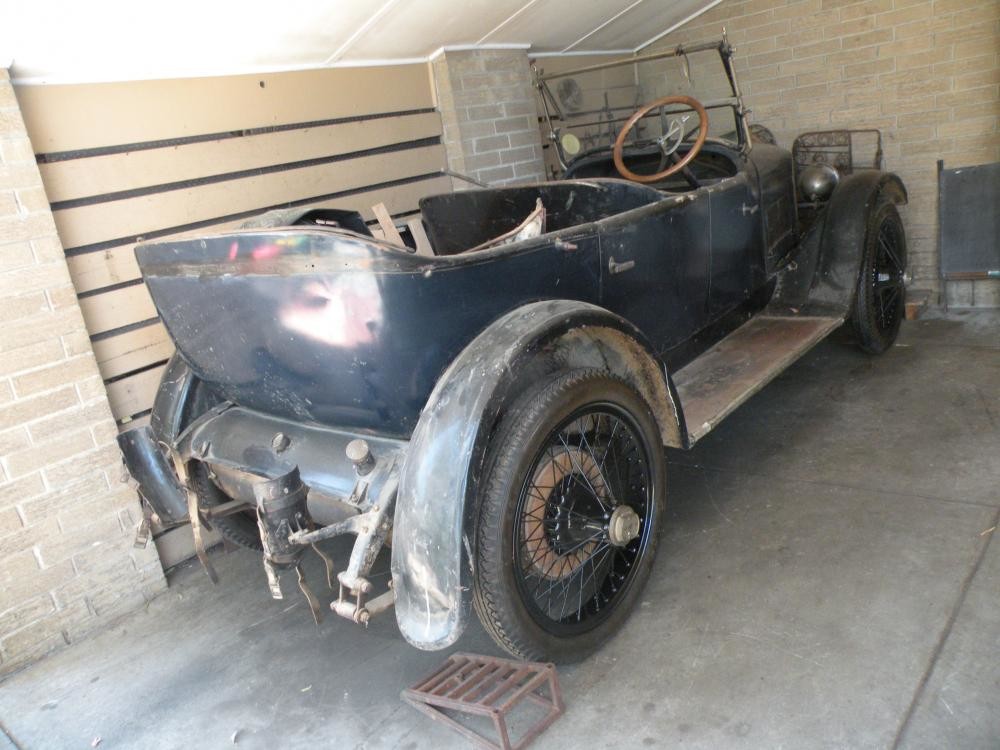
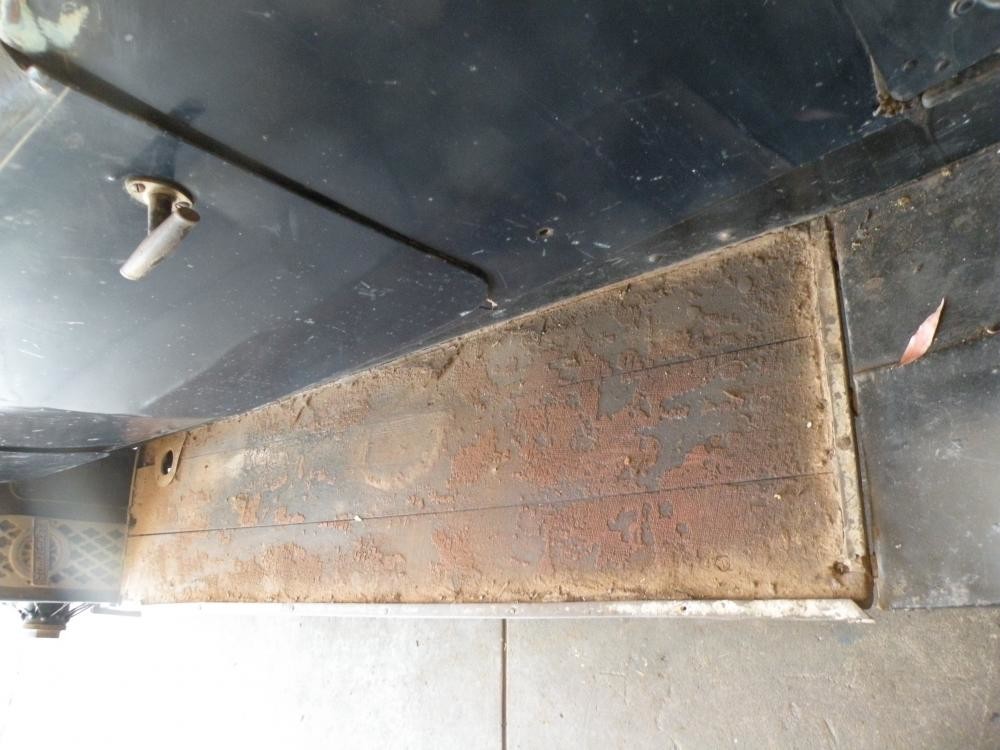
11-14-2017
"One thing that is clear is that the right hand side of the car did not suffer the same amount of "knocks and abrasions" as the left had." Remember it is a Right Hand Drive car and that the left side is the "kerb" side
Either very early on the Studebaker had a very short owner/driver or they may have lost the parking "guide" from the left front mudguard.
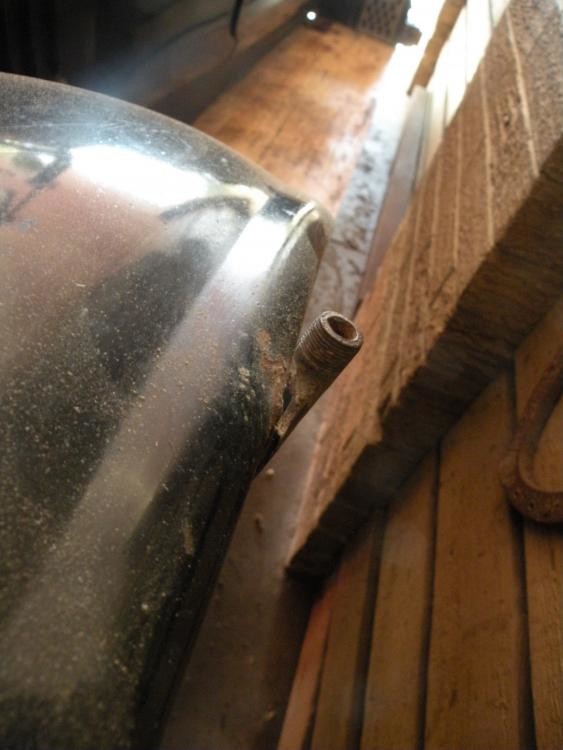
I have now sent two orders, one for the "repair sleeve" from Jergens and a 24mm tap from Ebay, so something will happen eventually. I have a heap of other things to do so I do not expect to be too bored.
I am hopeless at waiting for paint to dry.
11-15-2017
At long last I have now learnt where to hood (top) for the Studebaker has ended up. I hope to be able to go and collect it next week.
It is certainly off the beaten track, up in the hill country of Victoria, anyone interested in seeing some our beautiful country could try finding in on Google maps:- Sargoods Road, Goorman, Vic Aust.
11-17-2017
We are going to Goorman next Tuesday to collect the Stude Top but now I am wondering if it will fit into Helen's VW Jetta trunk. Can some one please give me the measurement for the length of the bows from the pivot point to the top of the bow.
Meanwhile I cannot help wondering why people paint these door handles. To my simple mind they are far better to be left in their natural state.
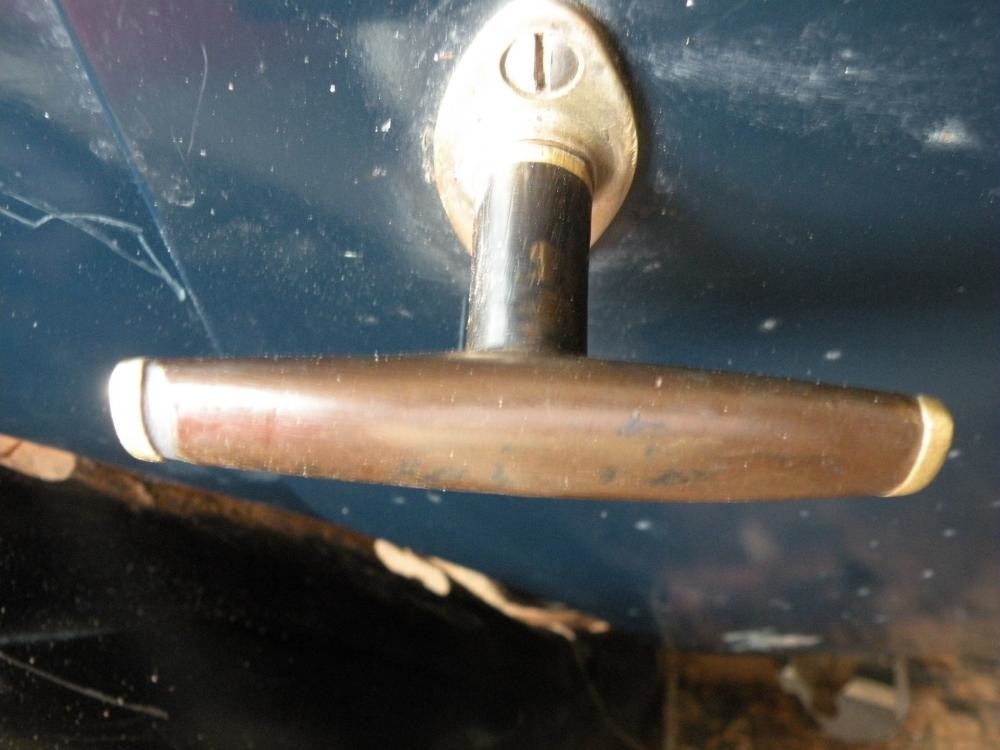
If you had told my grandfather that he was a German he would have had a fit. Despite the fact that he had lived here in Australia for over 60 years he even changed the spelling of our name in 1914 to "anglicise"it. There was a strong anti-semitic sentiment long before Hitler came to power in the then new state of Germany. This was formed by the combining of several principalities. Hanover being just one. You need to brush up on your European History.
He left the Jewish faith when he married my grand-mother, a protestant in the 1860's.
The gypsy top is 147cm wide, 105cm tall (from the pivot) and about 30cm in height when collapsed and folded up. The longest bow support is the rear one that angles backwards at 45 degrees (105cm). The next tallest is the one over the rear seat at 81cm. Hopefully it will fit in the Jetta.
